
Kashmir: Pakistan’s Lost Cause
Tue, 27 Oct 2020 | Reading Time: 5 minutes

In early 1947, Baramulla was the cultural hub of Jammu and Kashmir – straddling the road to Rawalpindi and Srinagar, it was suitably positioned to benefit from trade and cultural winds, while serving as a major transit point for goods to travel east. In October 1947, tribal invaders from the North West Frontier Province in Pakistan stormed the town of Baramulla. Surprisingly, for being tribal invaders, they came adorned with Chevrolet cars and rifles, along with considerable logistical support and a fairly detailed strategic plan (as detailed in a first person account by Major General Akbar Khan, also known as General Tariq, in his book “Raiders in Kashmir”, Wafai Printing Press, 1970). They marched into St. Joseph’s Hospital, killing six people (Chakravarty, Ipshita, October 2017).
And so, the loot of Baramulla began – anecdotal tales tell of raiders simply marching into the main thoroughfares of Baramulla, and confiscating all possessions. Rumours tell tale of the raiders raping and pillaging the town, with Kashmiri Hindu girls forced to pass themselves off as Kashmiri Muslim women. In particular, the raiders were intent on slaughtering the Sikhs. As noted by one observer, “The (tribal) leaders completely lost control over their men; an orgy of killing was the result. This was certainly the case at St Joseph’s College, Convent and Hospital, the site of what was to become one of the most publicized incidents of the entire Kashmir conflict. Here nuns, priests and congregation, including patients in the hospital, were slaughtered; and at the same time a small number of Europeans, notably Lt. Colonel D.O. Dykes and his wife, an Englishwoman preparing to leave the hospital that day with her new-born baby, Mother Teresalina, a twenty-nine-year-old Spanish nun who had been in Baramulla only a few weeks, as well as Mother Aldertrude, the Assistant Mother Superior, and one Mr Jose Barretto, husband of the doctor, met their deaths at tribal hands (Lamb Alastair, “Incomplete Partition”, Roxford Books, 1997). By the end of it, Baramulla had been cut off from its hinterland and from its trade route to Rawalpindi and relegated to a backdoor from a trading gateway. Meanwhile, the raiders spawned their own legacy – Andrew Whitehead’s book, a Mission in Kashmir, cites terrorists from Lashkar-e-Taiba tracing their lineage back to the Mujahideen who invaded Baramulla. By November 1947, the raiders were forced to pull back to Uri, as Indian troops gallantly defended Srinagar and recovered territory. By then, the winter snows arrived, enabling the Pakistani Army to reinforce Muzaffarabad and other areas in PoK.
The lesson that Pakistan’s military leaders learnt from this adventure was rather simple – a disciplined force of 2-4 companies of irregulars could have secured Banihal Pass and Srinagar Airport in a matter of a week, foreclosing all options for India to recover the state post accession (Singh, Amarjit, October 2020). The occupied province of Gilgit-Baltistan was simply handed over to Pakistan by the local British officer in charge. For Pakistan, war did not have to be a formal affair – instead ideologically motivated mercenaries could achieve far greater results with a lower cost. Hybrid and proxy war was here to stay for Pakistan against India.
And this set the pattern for India and Pakistan’s relationship post-independence – Pakistan repeated the same strategy of encouraging armed insurrection in Kashmir by aiding non-state actors as proxies in 1965, followed by an instigation of the Kashmir insurgency between 1988 and 2003, and finally the Kargil War in 1999. In 1965, Pakistan assumed that Kashmir’s Muslim population would simply rise in support of a takeover by Pakistan, aided by the presumably parlous state of the Indian Army after 1962. Operation Gibraltar (named after the eponymous point from where the Umayyad state conquered Spain) was launched, with ~30,000 Pakistani troops from the Azad Kashmir Regular Force crossing the cease-fire line into Gulmarg, Uri and Baramulla, with a focus on occupying key heights and fomenting an armed insurrection. The covert infiltration quickly failed, given prior intelligence gathered by the Indian Army, along with poor coordination between various elements of the Pakistani military (for e.g. the Chief of Army Staff simply did not inform the Air Force).
The 1971 War ended any pretensions of Pakistan to a claim for primacy in the subcontinent, while highlighting that it could not beat India in a conventional conflict. Post Brasstacks (in 1986), Pakistan’s military increasingly focused on a defensive stance in a conventional military sense, while pushing for unconventional means of conflict. From 1988 onwards, Islamabad increased its backing for the formation and growth of various terrorist groups (e.g. Hizb-ul-Mujahideen, Laskhar-e-Tayyiba, al Badr, Jaish-e-Mohammad, Harakat-ul- Mujahideen..), with the sponsorship of militancy in Kashmir regarded as an effective and rather cheap way of offsetting the power asymmetry between Pakistan and India. Additionally, religious imperatives have become a driving factor, particularly with the ISI, which enjoys significant autonomy – the intelligence agency notably sought to transplant the Afghanistan insurgency model to Kashmir, encouraging foreign militants to participate as part of a wider arena for Jihad. Even now, Pakistan continues its assistance to Kashmiri and foreign militants, offering logistical, financial, doctrinal and training related support – it has become de rigueur for the military to set up training camps for terrorists in PoK, particularly in areas adjacent to Kupwara, Baramulla, Poonch, Rajauri and Jammu districts. While in India, teenagers flock to coaching sessions to gain entrance to prestigious engineering, medical and business related colleges, Pakistan has sought to mould its entire society to encourage teenagers to run for basic courses in weapons handling, demolitions, urban sabotage and general ideological brainwashing under the ISI’s Operations Branch. Such camps are regularly supplied with military related resources (e.g. light weapons, ammunition, explosives, night vision devices..) from the local cantonment. Annual ISI expenditure for fostering insurrection in Kashmir continues to be robust, with estimates in early 2000 highlighting spend of $125-250 million annually (Chalk, Peter, Rand Corporation, September 2001). Funding for this is naturally arranged via circulation of counterfeit currency and sale of illegal drugs, along with foreign contributions. For all the talk about “Aman-ki-Aasha”, the presence of such a state within a state will long prevent the emergence of regional amity. The consequence of such actions has been tragic, with society in Kashmir militarized along with a weakening of the political process; Pakistan has in turn mutilated its own founding ideals and become an Army which happens to own a state.
Now, Pakistan simply seeks to fight with India in a conventional and unconventional stance to maintain parity, with unconventional warfare and tactical nuclear weapons brandished as a key lever for deterrence (Singh, Amarjit, October 2020). The increasing Islamization of the military, combined with continuing ineptness at a strategic level, has meant that the state continues to pour resources into its conventional army, while depriving its citizens of basic needs which India long surpassed.
One had hoped that the new start highlighted by Imran Khan’s ascendancy to power would have tempered the state’s instincts and pushed it in a social democratic direction; sadly, this came to naught, with the new civilian government quickly revealed as an empty cartouche, guided by directions from Rawalpindi. Meanwhile, terror attacks on India continue, with a particular focus on military infrastructure (e.g. Pulwama). India’s strong leadership, led by Prime Minister Modi, has replied in kind, with India undertaking pre-emptive strikes to destroy terror hubs across the border. Furthermore, the state has taken the courageous step of cutting the Gordian Knot by abrogating Article 370 and 35A of the Indian constitution, removing the special status offered to Kashmir. Caught unawares by this step, Pakistan has been reduced to fulminations in the UN General Assembly, while India moves ahead with the task of integrating Kashmir into the Indian Union and offering it the fruits of development. Pakistan’s international isolation is stark, with the recent continuation of the state in the FATF grey list a collective failure of its leadership.
India, under the strong leadership of the Prime Minister, must continue to draw on its innate strengths to devise offensive and defensive measures, emphasising the use of bilateral talks for the resolution of the Kashmir issue, leading to the integration of PoK with India. India retains the upper hand – as such, talks should be offered to Pakistan only to resolve underlying issues, while securing gains made on national security in the last few years. We need to look past an emotional perspective on Pakistan and move towards securing India’s northern frontier.

Shri Feroze Varun Gandhi, Member of Parliament, Lok Sabha
Disclaimer
The opinions expressed in this article are the author’s own and do not reflect the views of Chanakya Forum. All information provided in this article including timeliness, completeness, accuracy, suitability or validity of information referenced therein, is the sole responsibility of the author. www.chanakyaforum.com does not assume any responsibility for the same.
Chanakya Forum is now on . Click here to join our channel (@ChanakyaForum) and stay updated with the latest headlines and articles.
Important
We work round the clock to bring you the finest articles and updates from around the world. There is a team that works tirelessly to ensure that you have a seamless reading experience. But all this costs money. Please support us so that we keep doing what we do best. Happy Reading
Support Us




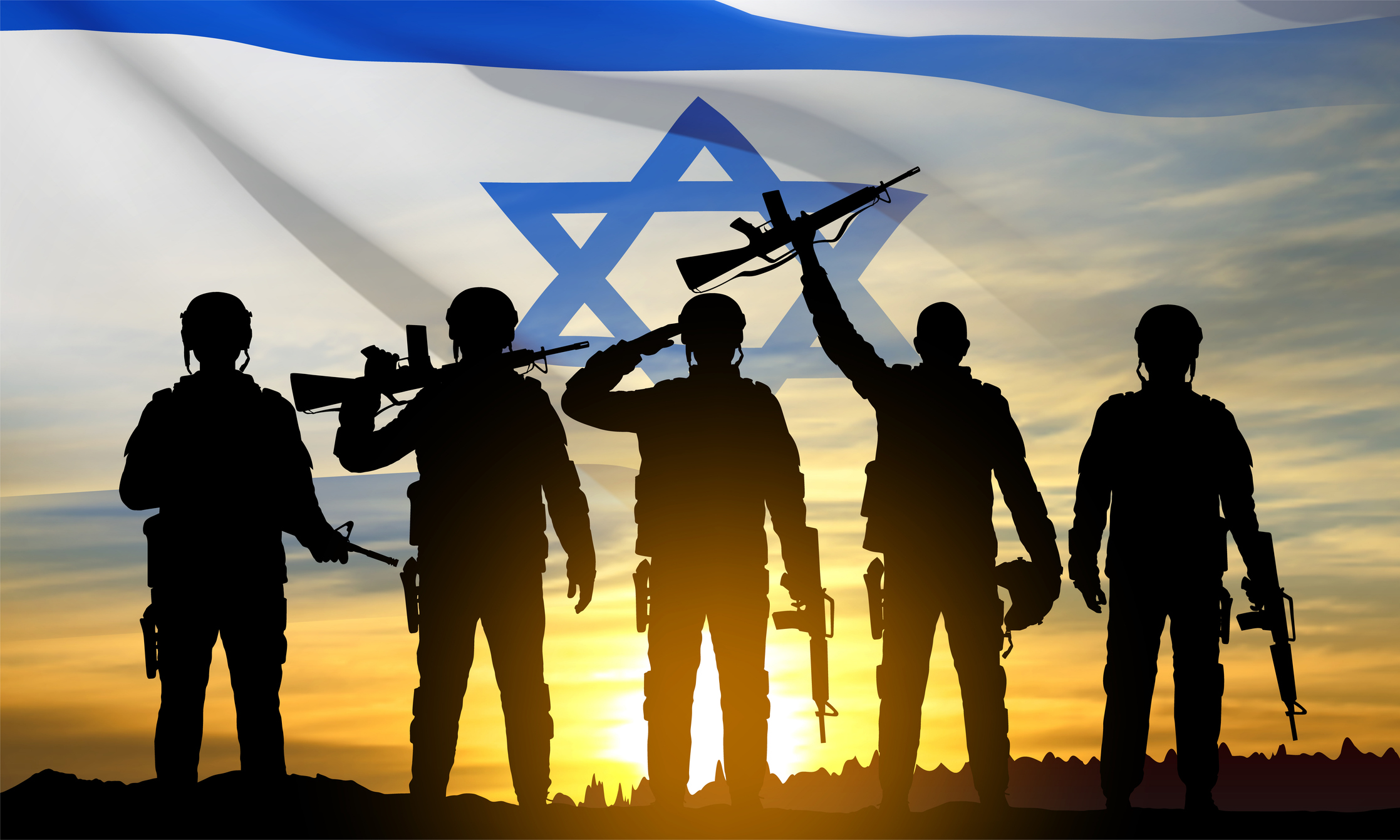

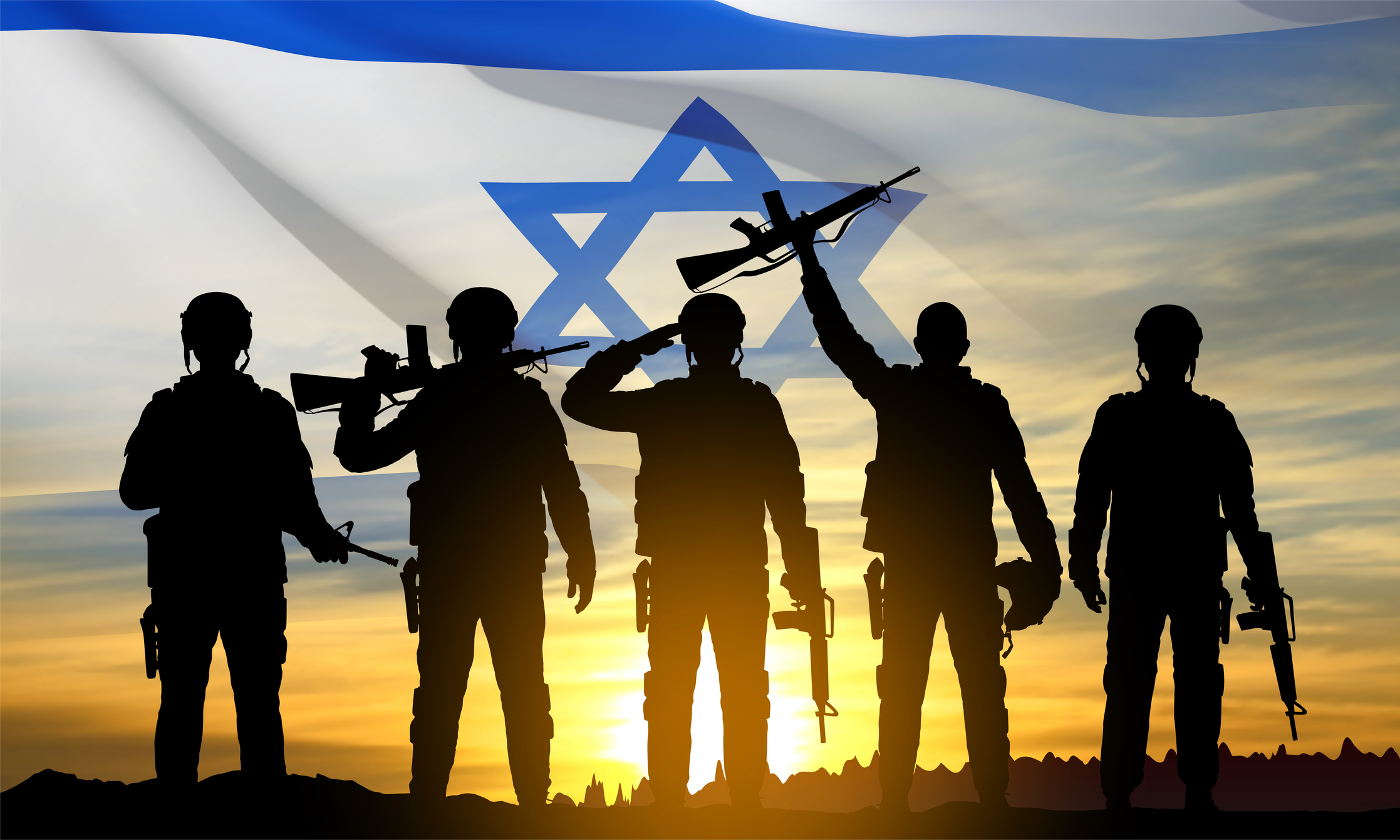
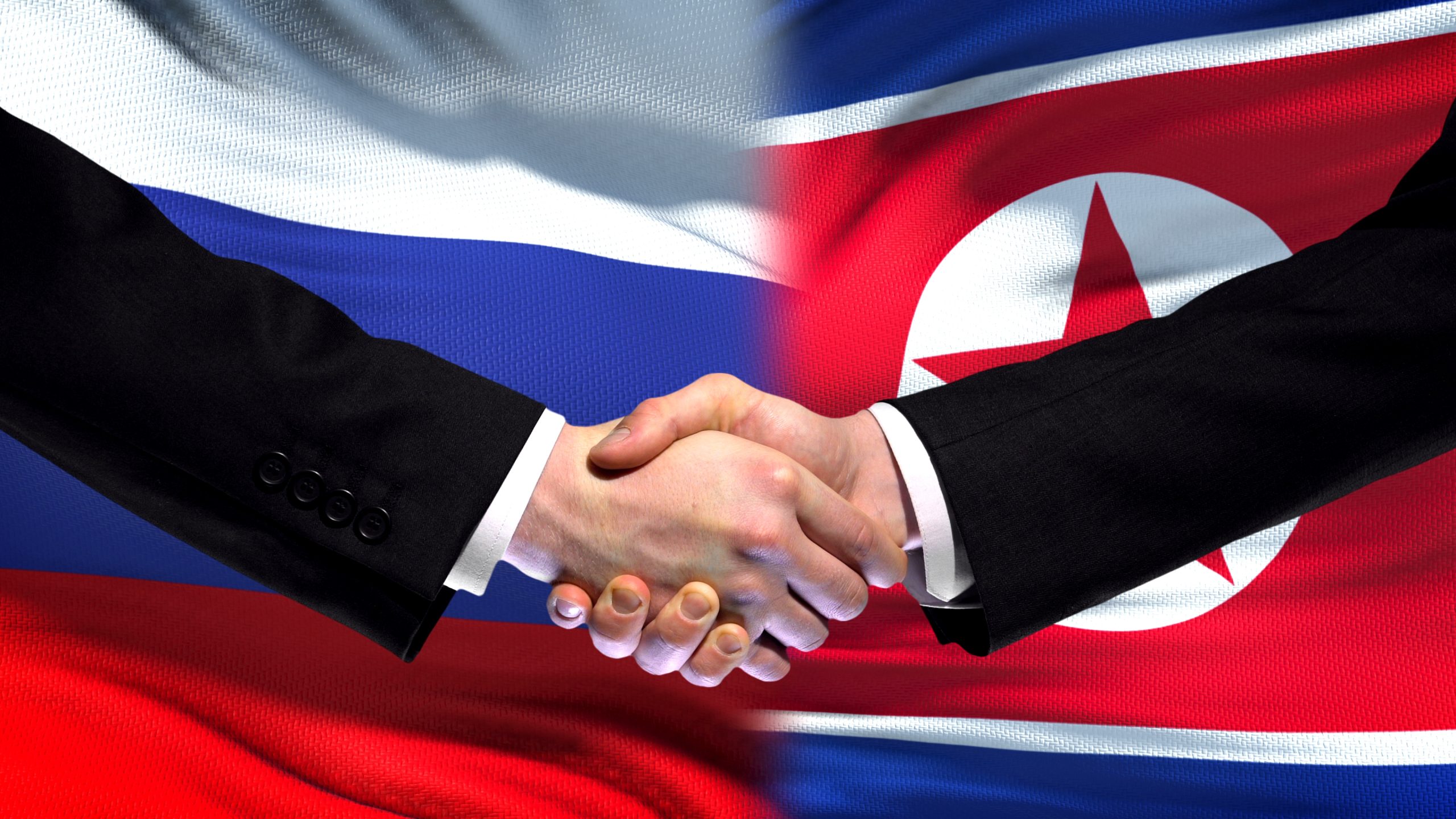

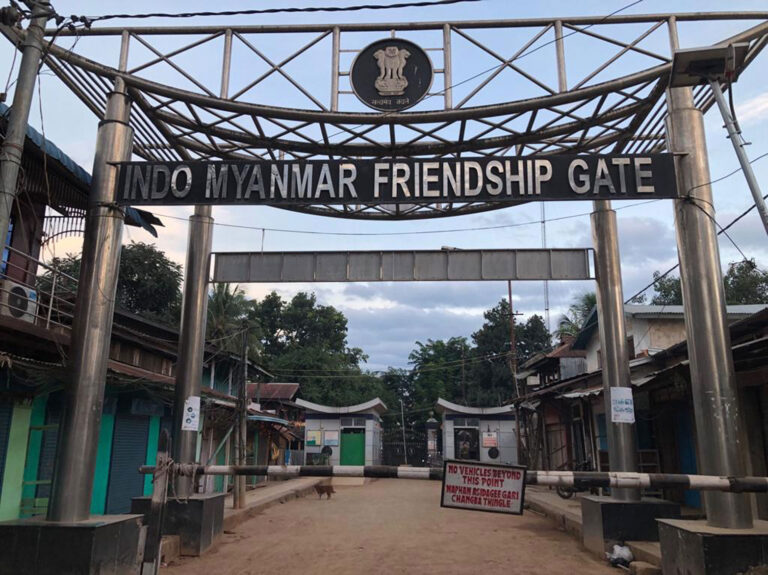
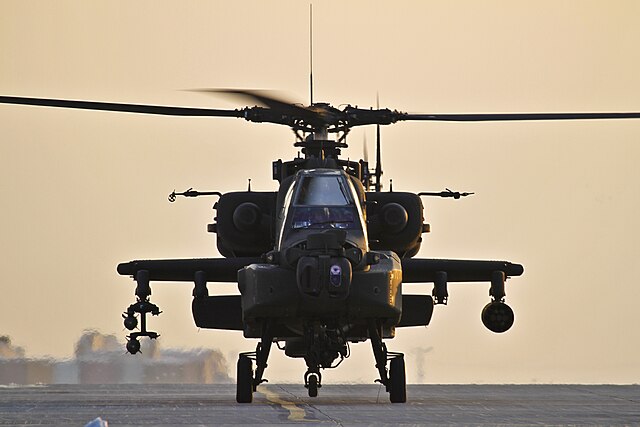
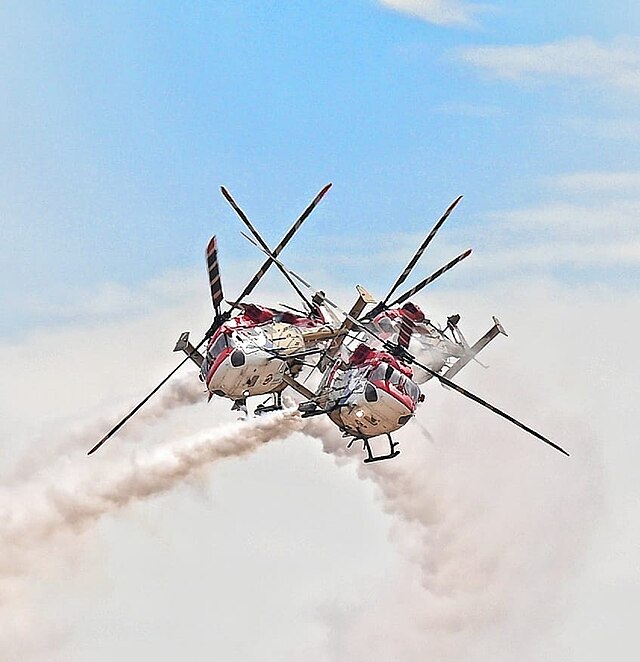

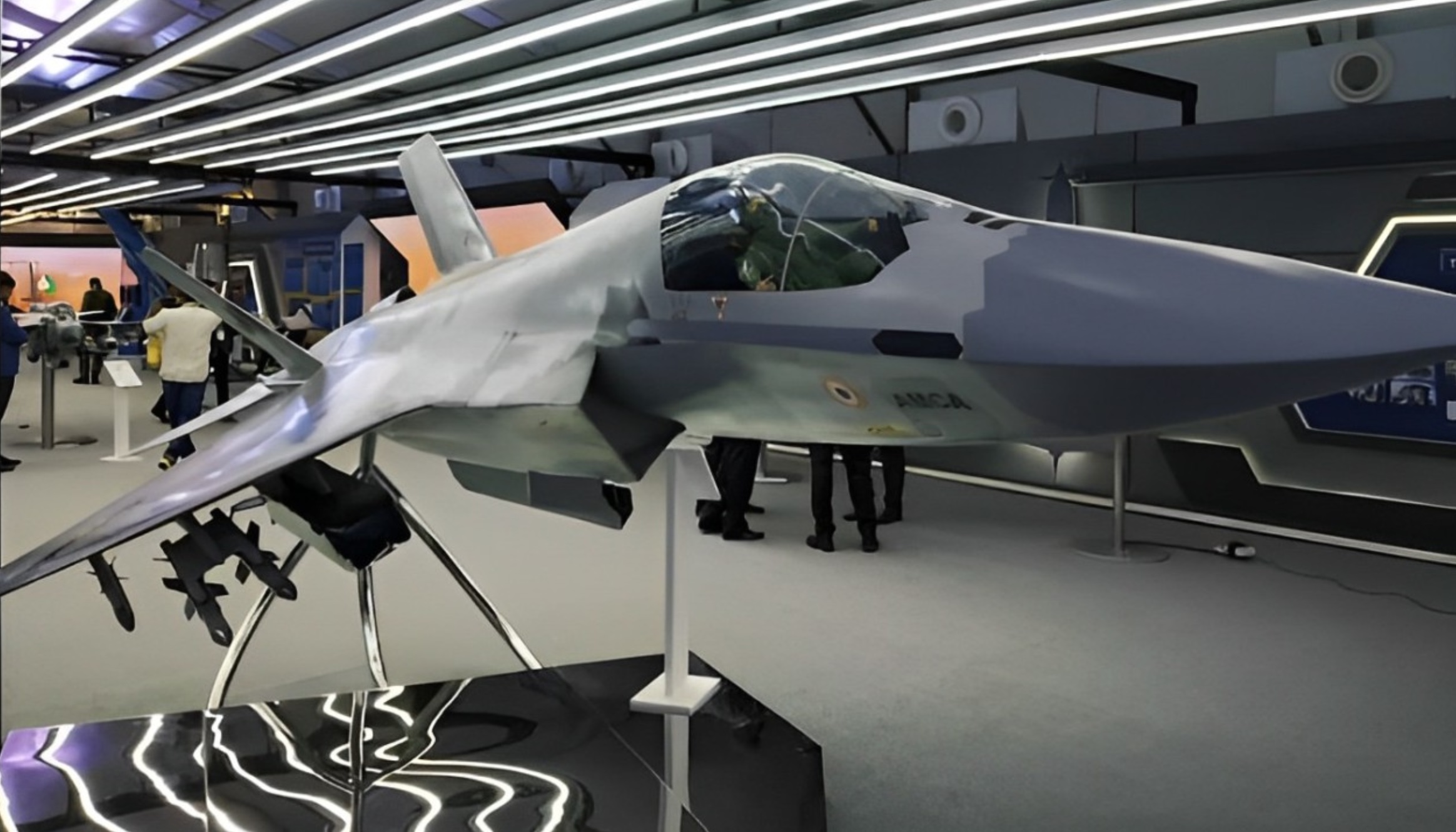






POST COMMENTS (18)
Ravin
Vivekananda Dutta
Aman Kumar
Paritosh Vyas
Peter Isaac
Peter Isaac
Bratin Chakraborty
Surender kumar
Surender kumar puranpur
Naveen Chopra
Kailash Barick
Sadanand Shivagunde
MADHUMITA DUTTA
Sanjay Tirdiya
Jagat Mohanty
Jitender Kumar Singh
Sanjeev Deb
Arjun Behura